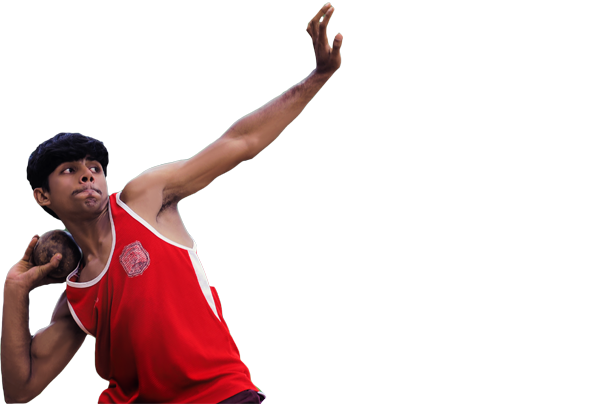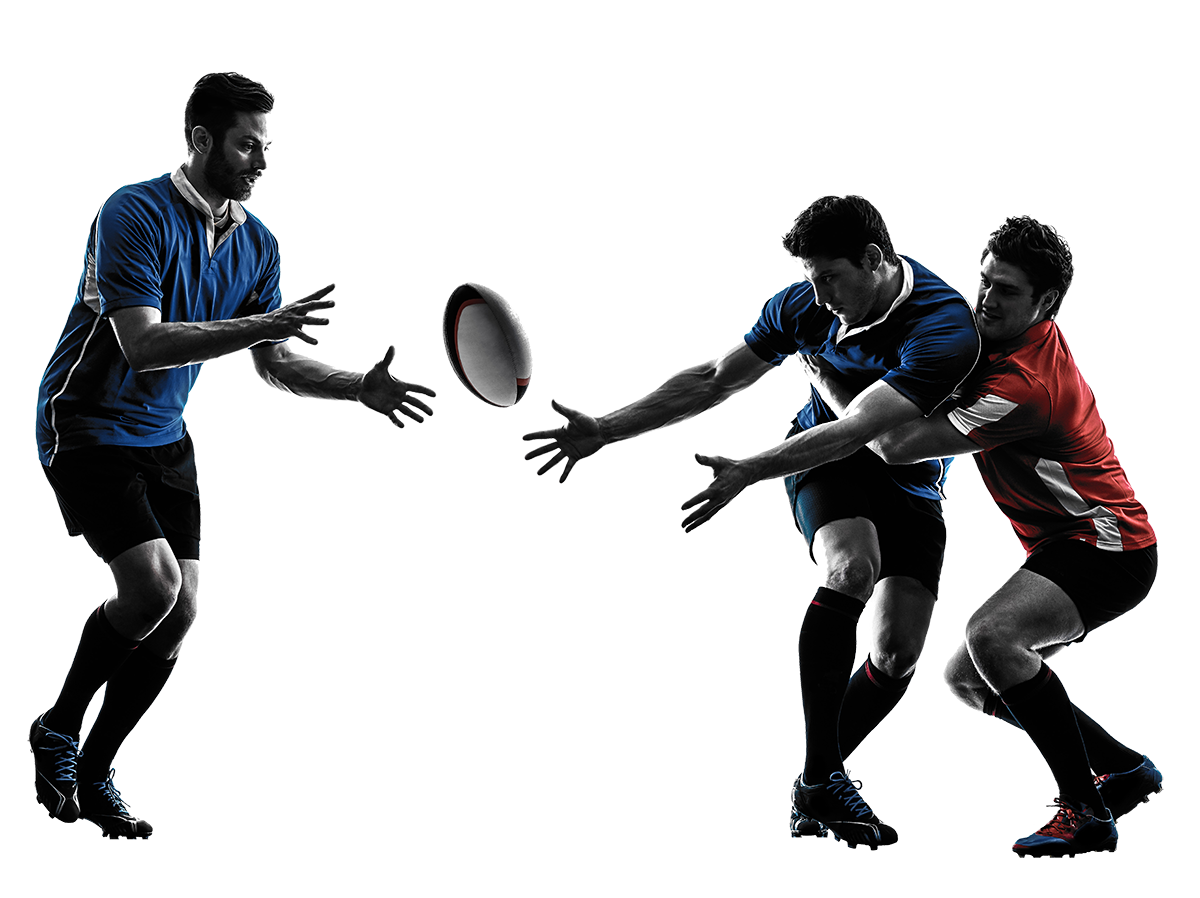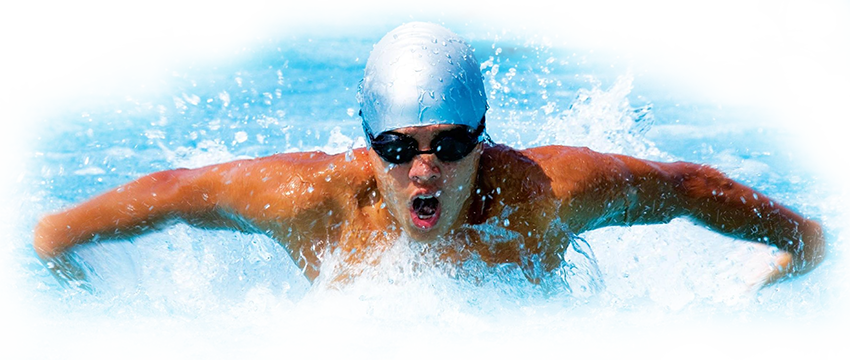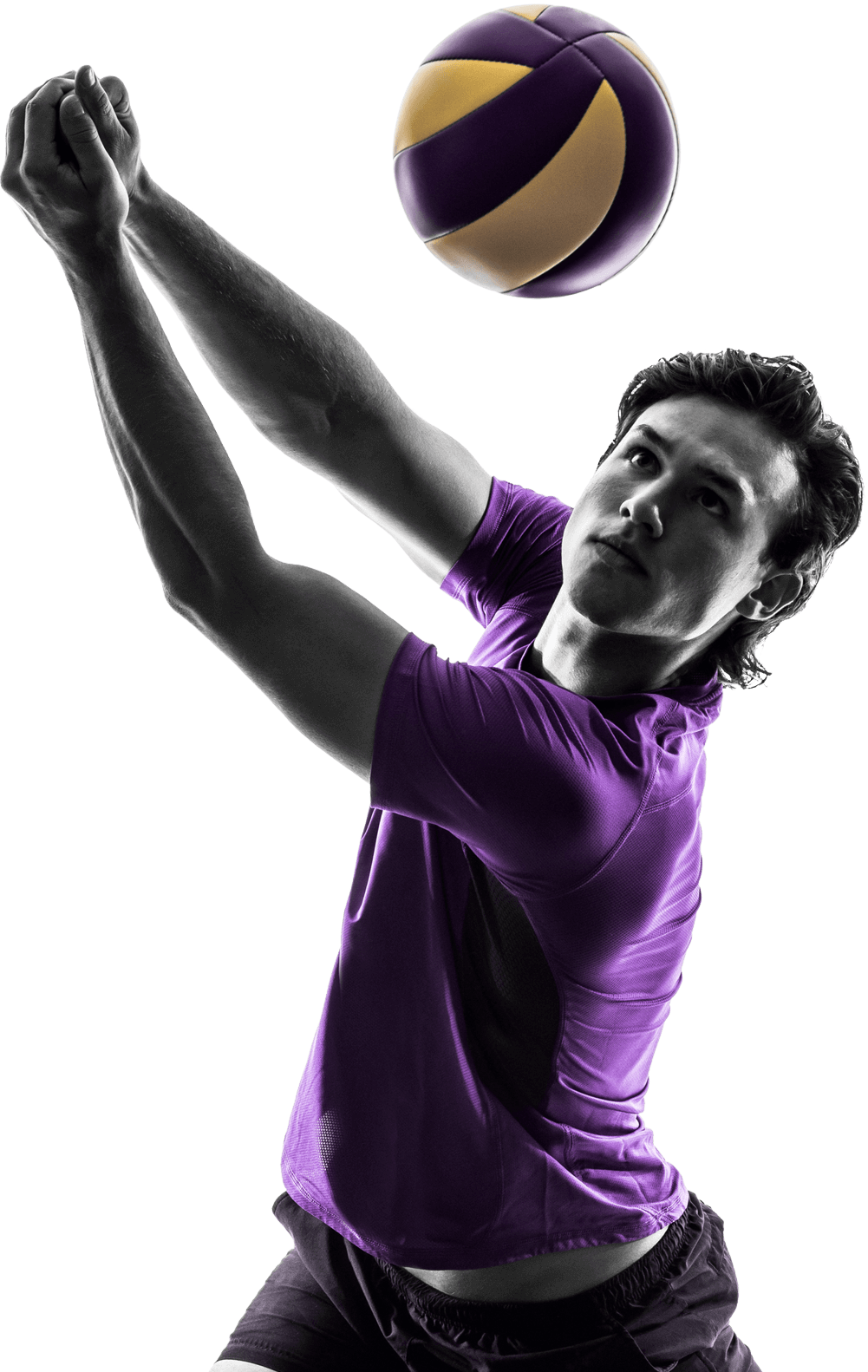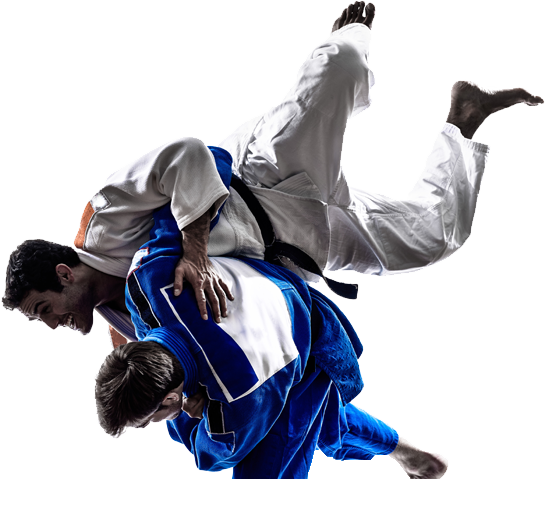
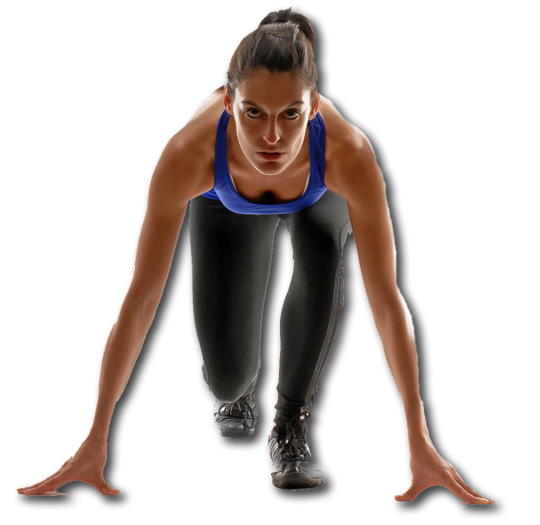
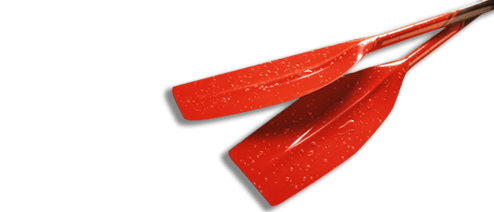

PREPARATION PROGRAMS FOR
SPORTS ATHLETHS
BASKETBALL
When designing a program it is important to:1-Conduct a cardiorespiratory test and make a comparison with the test conducted at the preparatory phase, make a comparison with the athlete’s top test score results in the last 2 years, if test history is available.
2-Test lower and upper extremity and trunk muscle strength, make a comparison with the athlete’s top test score results in the last 2 years, if test history is available.
3-Test agility
4-Conduct a sport-specific speed test
5-Compare test score results with the test scores of other players playing in the same position on the team, in order to be able to design a tactic and observe potential errors affecting team play.
6-Test shooting precision (1-, 2- and 3-point shots) and stats which indicate success rate … e.g. assists %, steals %.
Programs intended for the preparation of professional athletes are based on the athlete’s current condition and on whether the athlete is in the preparatory or competitive phase of competition. It is necessary to conduct tests in order to determine the athlete’s current mental and physical status. Programs for sports listed below are designed depending on the phase of competition, of course, in cooperation with the head coach. Programs can be designed on a team basis, or, at first, on individual and, later on, on a group basis (it is necessary to combine individual programs when designing a group training program.)
- Testing:
1-General testing involves testing of cardiorespiratory capacity, flexibility, strength etc.
2-Sport-specific testing (e.g. in case of basketball, the additional testing involves vertical jumping, shooting accuracy, agility, the player’s position on the team, including player stats)
This approach allows for maximum utilization of athletes’ individual and group potential.
- Testing:
1-General testing involves testing of cardiorespiratory capacity, flexibility, strength etc.
2-Sport-specific testing (e.g. in case of basketball, the additional testing involves vertical jumping, shooting accuracy, agility, the player’s position on the team, including player stats)
This approach allows for maximum utilization of athletes’ individual and group potential.
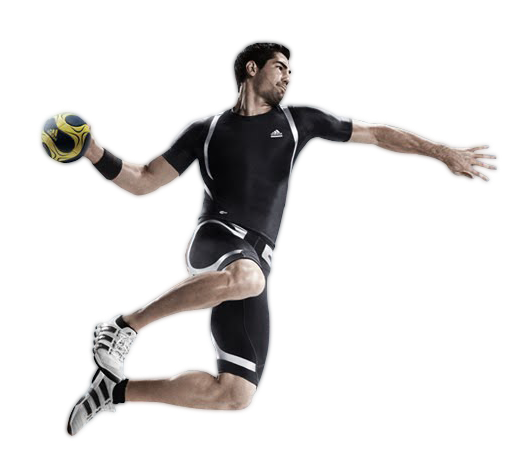
HANDBALL
When designing a program it is important to:1-Conduct a cardiorespiratory test and make a comparison with the test conducted at the preparatory phase, make a comparison with the athlete’s top test score results in the last 2 years, if test history is available.
2-Test lower extremity and trunk muscle strength, make a comparison with the athlete’s top test score results in the last 2 years, if test history is available.
3-Test agility
4-Conduct a sport-specific speed test, e.g. 20 m running
5-Compare test score results with the test scores of other players playing in the same position on the team, in order to be able to design a tactic and observe potential errors affecting team play.
6-Examine stats which indicate success rate, e.g. saves %, shots inside the goal frame.
ROWING
When designing a program it is important to:1-Conduct a cardiorespiratory test and make a comparison with the test conducted at the preparatory phase, make a comparison with the athlete’s top test score results in the last 2 years, if test history is available.
2-Test lower extremity and trunk muscle strength, make a comparison with the athlete’s top test score results in the last 2 years, if test history is available.
3-Test agility
4-Conduct a sport-specific speed test
5-Compare test score results with the test scores of other rowers, if possible, rowing the same distance, in addition, make a comparison with the state and world records for the discipline
6-Examine stats which indicate success rate …e.g. lap time at every 500 m.
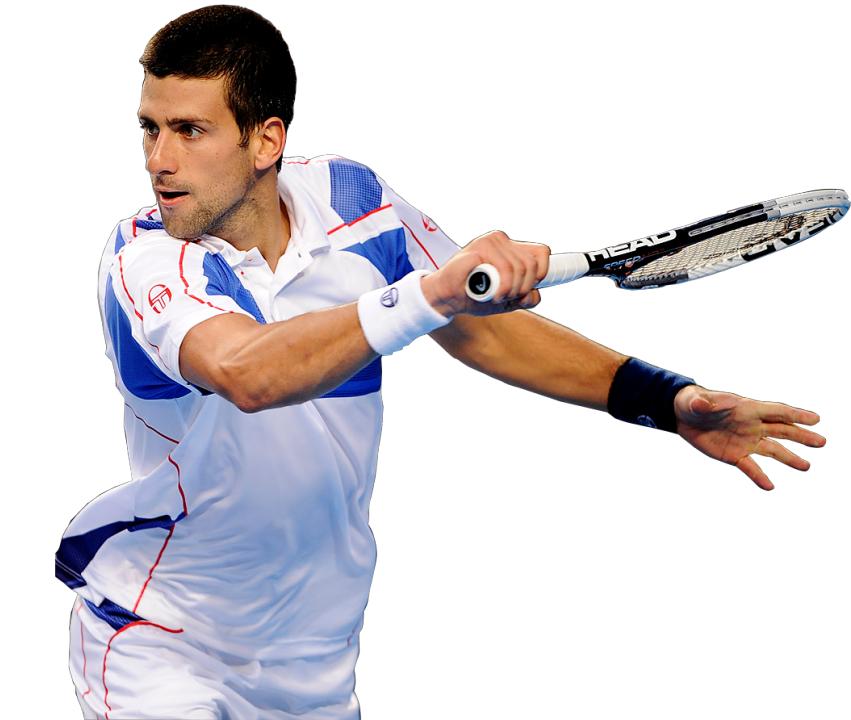
ATHLETICS *RUNNING-SHORT AND LONG DISTANCE
When designing a program it is important to:1-Conduct a cardiorespiratory test and make a comparison with the test conducted at the preparatory phase, make a comparison with the athlete’s top test score results in the last 2 years, if test history is available.
2-Test lower extremity and trunk muscle strength, make a comparison with the athlete’s top test score results in the last 2 years, if test history is available.
3-Test agility
4-Conduct a sport-specific speed test
5-Compare test score results with the test scores of other runners, if possible, running the same distance, in addition, make a comparison with the state and world records for the discipline
6-Examine stats which indicate success rate …e.g. lap time at every 1000m.
TENNIS
When designing a program it is important to:1-Conduct a cardiorespiratory test and make a comparison with the test conducted at the preparatory phase, make a comparison with the athlete’s top test score results in the last 2 years, if test history is available.
2-Test lower extremity and trunk muscle strength, make a comparison with the athlete’s top test score results in the last 2 years, if test history is available.
3-Test agility
4-Conduct a sport-specific speed test
5-Compare test score results with the test scores of other tennis players, if possible, design special tests and a program for specific conditions, e.g. the next 2 tournaments are played on clay which is a slow and specific surface in itself.
6- Examine stats which indicate success rate…e.g. first-serve success rate.
MARTIAL ARTS-BOXING-JUDO-WRESTLING
When designing a program it is important to:1-Conduct a cardiorespiratory test and make a comparison with the test conducted at the preparatory phase, make a comparison with the athlete’s top test score results in the last 2 years, if test history is available.
2-Test lower extremity and trunk muscle strength, make a comparison with the athlete’s top test score results in the last 2 years, if test history is available.
3-Test agility
4-Conduct a sport-specific speed test
5-Compare test score results with the test scores of other athletes, if possible, design special tests and a program for specific conditions against the next opponent at the main competition of the year
6- Examine stats which indicate success rate…e.g. in box - punches landed % and blows received %; in judo and wrestling - win-loss record in minutes.
Mobile: +381 64 30 52 679; +971 56 29 62 804
e-mail: milanext@gmail.com
e-mail: milanext@gmail.com
